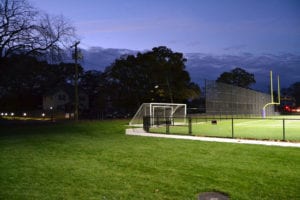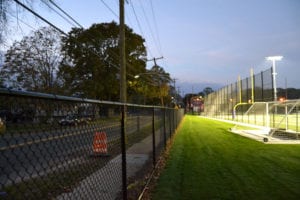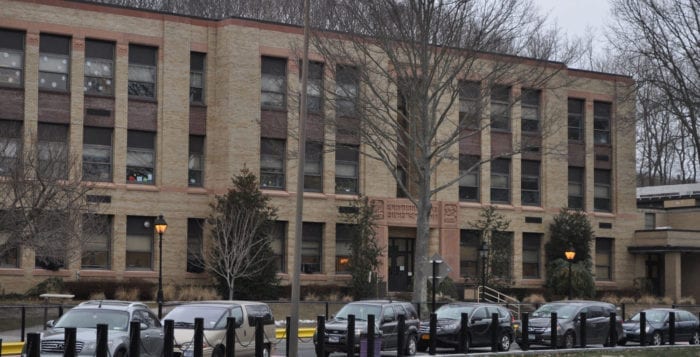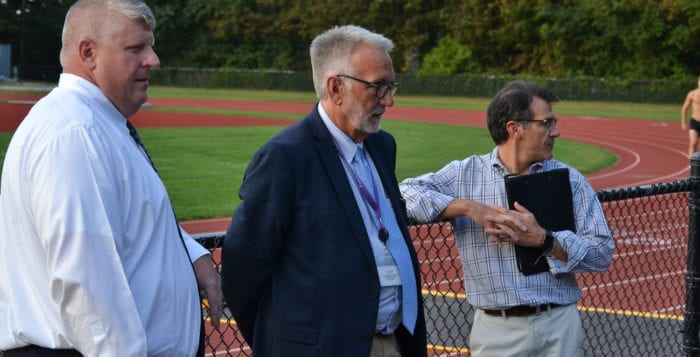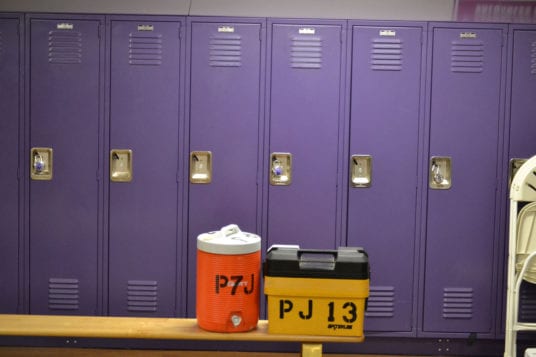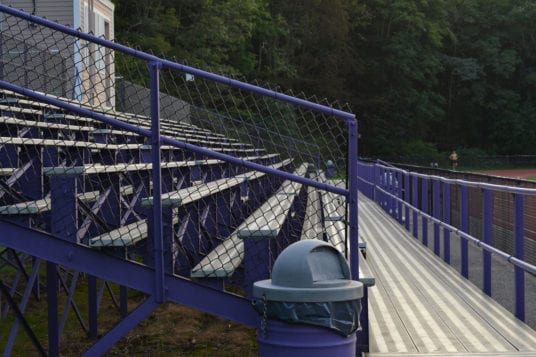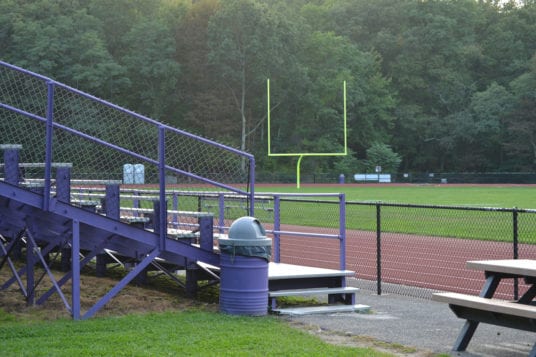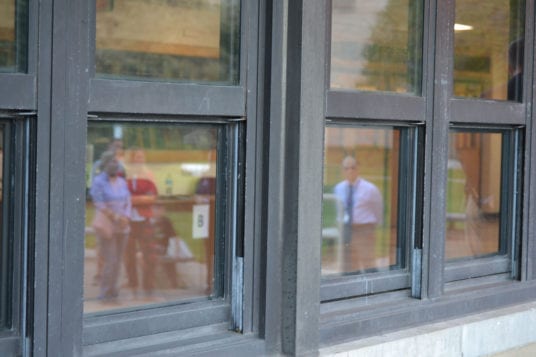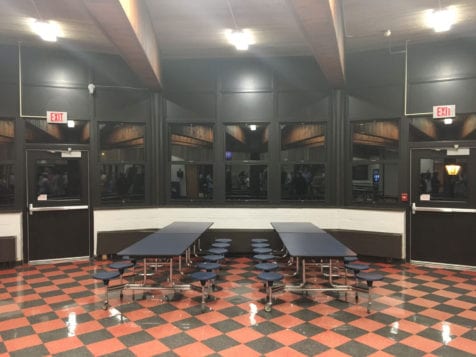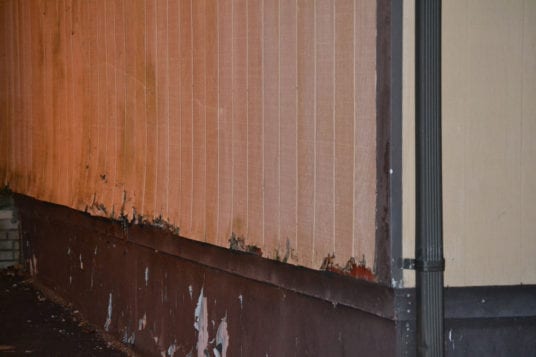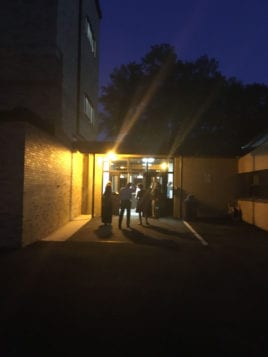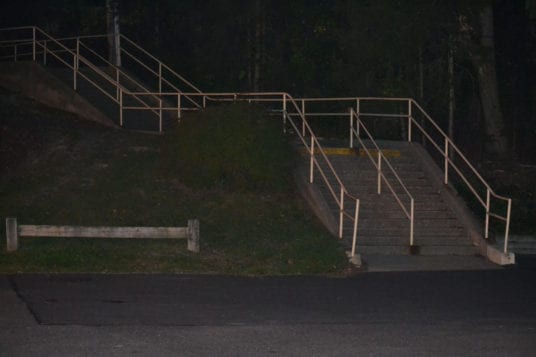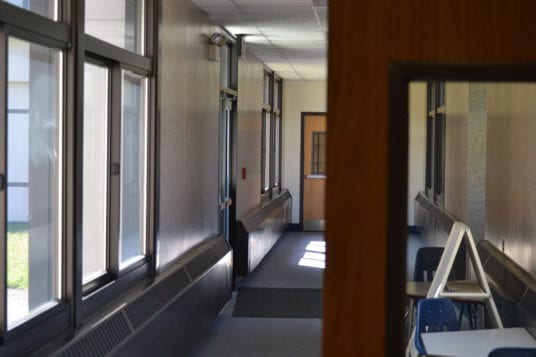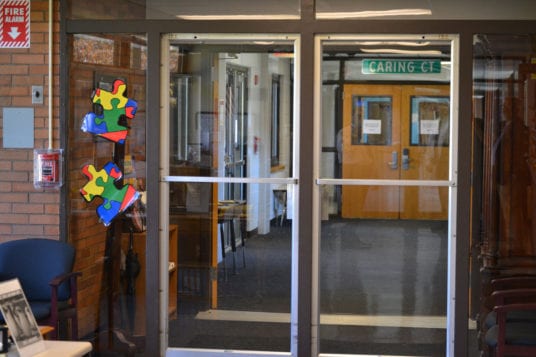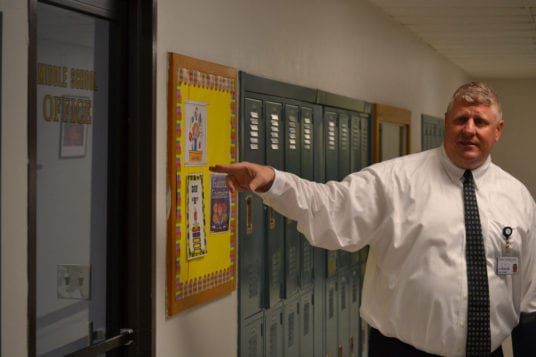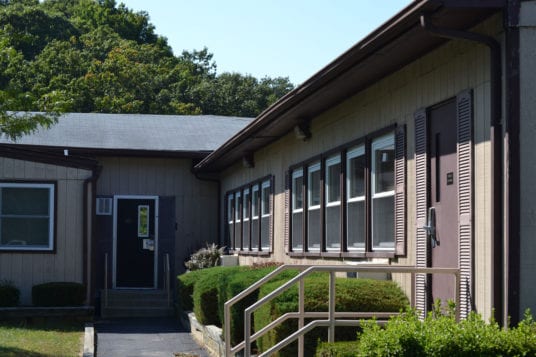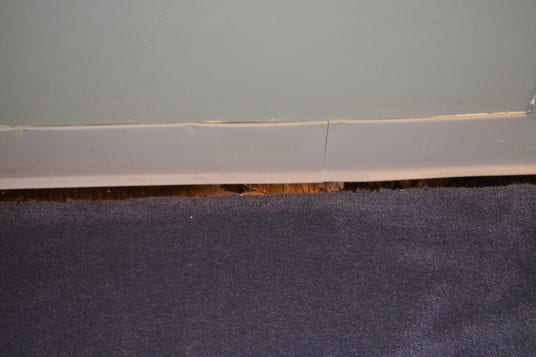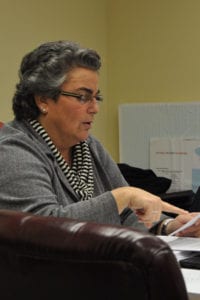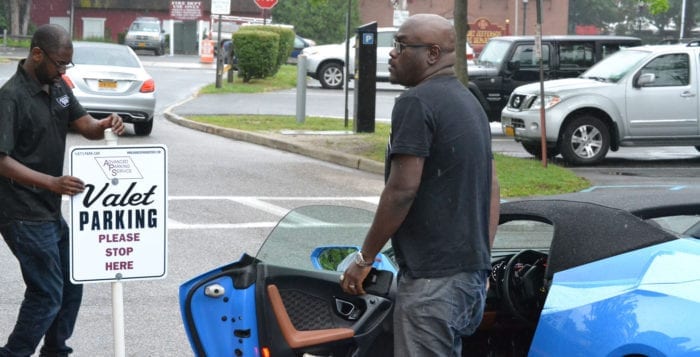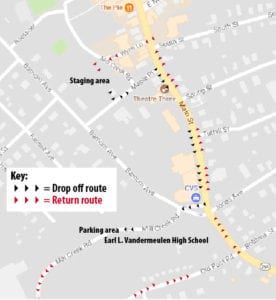Like Batman responding to the bat signal in Gotham, leaders and volunteers from across the Port Jefferson community showed up to lend a hand to the Rotary Club of Port Jefferson Nov. 12 after the call went out asking for assistance.
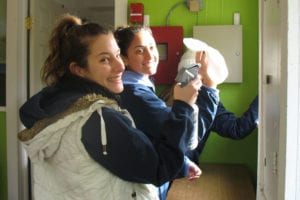
Twice per year, Rotary clubs dedicated to bringing together leaders from the private sector to benefit those in need joined forces at Camp Pa-Qua-Tuck in Center Moriches to clean up the camp following fall events to get the facility ready for its primary use. The facility, which was founded nearly 70 years ago, serves as a sleep-away camp during summer months for children and young adults ages 6 to 21 with various disabilities and special needs.
About 65 percent of campers have autism spectrum disorder, though others with spina bifida, cerebral palsy, muscular dystrophy and other challenges are also among the annual attendees. The camp serves as both a place for children with special needs to build self-esteem and camaraderie with peers featuring traditional camp activities and also as a respite for dedicated parents who in many cases provide round-the-clock care and support for their children.
Camp Pa-Qua-Tuck is funded through camper fees, fundraisers and donations, so its operation is thanks in large part to the volunteer efforts of Port Jefferson, Rocky Point and Middle Island Rotary clubs, among others. The two cleanups — one in the spring and the other in the fall — are conducted entirely by volunteers, and the second spruce-up job for 2017 took place Nov. 12 following several October fundraising events.
In total, 36 volunteers from Port Jefferson got their hands dirty during the cleanup, including 16 Rotarians and four family members, and 13 Port Jefferson high school Interact Club members. Charles McAteer of the Port Jefferson Station/Terryville Civic Association, Port Jeff high school principal Christine Austen, Senior Vice President for Administration at John T. Mather Memorial Hospital Kevin Murray, Port Jefferson Free Library Director Tom Donlon and Comsewogue Public Library Director Debra Engelhardt were among the volunteers from the Port Jefferson community at the event. Three members of Rocky Point Rotary and 17 Interact Club members from the Rocky Point school district led by Interact adviser Margaret Messinetti also lent a hand. Two members of Middle Island Rotary also pitched in.
“I have been taking the Interact students out to Camp Pa-Qua-Tuck for almost 15 years now,” said Deirdre Fillipi, director of the Interact Club at Port Jeff. The club has a similar mission to Rotary clubs and serves as a precursor to eventual Rotary membership after graduation. “It is a wonderful opportunity for our students to see how much they can achieve and the positive impact they can have on their community, especially when they combine their efforts. It’s nice to see how much they can achieve when working together.”
Dennis Brennan, Rotarian and past president, said the fall cleanup took a few hours and included raking the leaves of the camp’s 37-acre grounds, preparing dorms for future occupancy and much more.
“The youth are the most important part of having this whole thing,” Brennan said. “I think it’s important for one generation after another to realize what you have to do in order to prepare to get things ready for kids with special needs.”

Brennan said the younger volunteers don’t necessarily know who attends the camp before the cleanup begins, or what, for example, muscular dystrophy is or what it means to have it, but said an appreciation develops in the volunteers during the course of the day. He said the cleanup and volunteerism through the Rotary are a good preview for students interested in a pursuing a career in helping children with special needs and offer important perspective for others who aren’t.
“As they get older they’ll learn these are not people to feel sorry for, these are people who are different and who you can learn from,” he said.
Rotarian Sharon Brennan expressed a similar sentiment.
“When they’re out spending three hours raking or pulling staples out of the wall, hopefully the light bulb goes off that ‘I’m giving back to somebody who, for the summer, this is really important,’” she said.
Engelhardt, who attended the cleanup with her husband John and son Scott, said the event has become a tradition for her family.
“It’s special to work together as a family and to be a part of something bigger, through our local Rotary club, that benefits special needs children and their families from Suffolk County and beyond all summer long,” she said in an email. “It’s something we hope Scott will make a priority throughout his adult life, for his own health and for the health of our community.”
For more information about Camp Pa-Qua-Tuck visit www.camppaquatuck.com.






